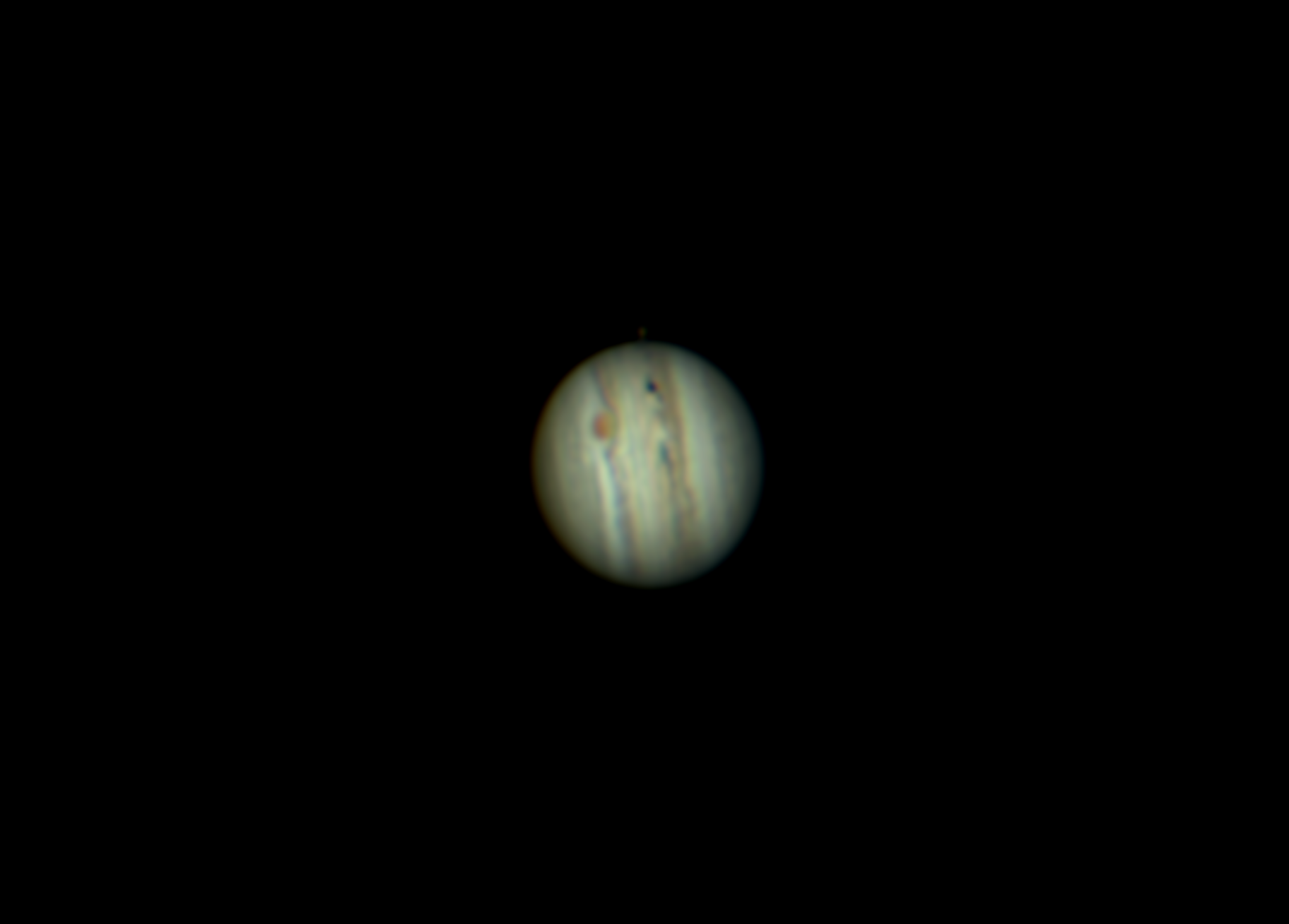Jupiter
To the naked eye, Jupiter only appears to be a very bright golden star in the night sky. Unless you have the opportunity to peer just a little deeper at this bright star, you may never know how different it is from the rest of the sky. Let alone, relative to the rest of the universe this object is closer than just in our back yard; it's in our living room...
Jupiter has been known by astronomers for thousands of years, but not in the way you and I know it today. Ancient astronomers did not have telescopes but they did have an excellent ability to track the stars in the night sky. It turns out that stars could be mapped and easily tracked and were a predictable swath of point-light-sources that all move together. However, there were some point-light-sources that did not. The ancient Greeks noticed this and named these objects “planets”, which is a word directly derived from the Greek verb ‘planasthai’ which literally means ‘to wander’. So, when ancient astronomers used the term ‘planet’, they really meant to reference the ‘wanderer’ points of light.
The first recorded observations of the wanderer known as Jupiter were made by Galileo Galilei in the year 1610 using a small telescope. With some magnification, Galileo was even able to observe objects that seemed to orbit the wanderer. Years later, these were confirmed to be satellites (or moons) of Jupiter; the first ever understood objects to orbit another planet other than Earth. These became known as the Galilean moons.
Although you can barely make it out, you can see Jupiter’s moon Io in my photo (pronounced ‘EYE oh’). There is a dark circle-like spot on the planet which is actually the shadow cast by Io. The shadow is 3600km long (which is slightly longer than the distance from Detroit to Los Angeles).
Some Jupiter stats:
Jupiter is the largest planet in our solar system at about 140,000 km in diameter. With a diameter of 12,742 km you can stack 11 Earths across Jupiter end to end. If we go by volume, Jupiter is about 1,320 times larger. If we go by mass, Jupiter is 318 times more massive.
 |
| Jupiter moon Io and its shadow |
The significance in discovering objects orbiting bodies other than Earth:
Back then, it was "common sense" that we lived in a geocentric universe where everything revolved around Earth. Discovering Jupiter's moons gave people a new perspective in observing the universe, allowing them to see it in a way they weren't able to before. This lead to the confirmation of the heliocentric (sun centered) model and eventually Newton's model of gravity.
Back then, it was "common sense" that we lived in a geocentric universe where everything revolved around Earth. Discovering Jupiter's moons gave people a new perspective in observing the universe, allowing them to see it in a way they weren't able to before. This lead to the confirmation of the heliocentric (sun centered) model and eventually Newton's model of gravity.

Comments
Post a Comment